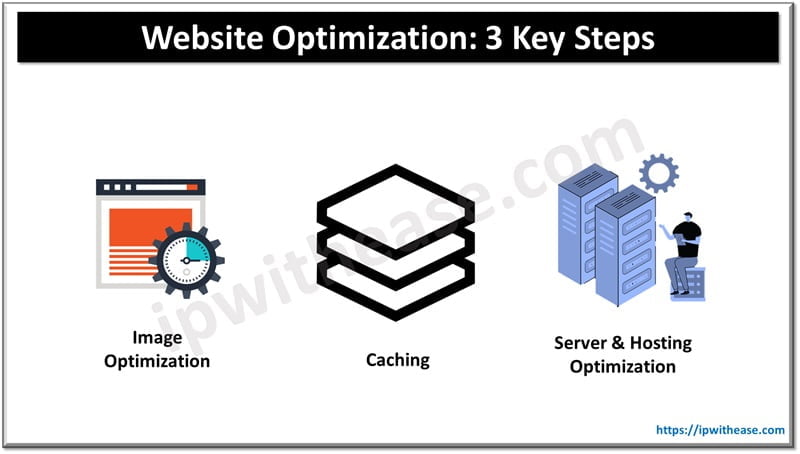Cybersecurity is a shield that protects your business’s sensitive data, finances, and even reputation. Without this shield, your organization is vulnerable to cyberattacks, data breaches, and potential financial harm.
To keep your business safe, it’s important to train your employees in the basics of cybersecurity. They are the frontline defenders of your company’s digital assets. By teaching your team about simple cybersecurity practices, you can reduce the risks of cyber threats.
In this article, we’re here to help you. We’ll provide you with cybersecurity best practices for employees.
Establishing a Foundation
To make sure cybersecurity practices for your employees are effective, lay a strong foundation for cybersecurity within your organization. It is your first step toward protecting your company from digital threats. Here is what you may consider:
- Limit Access and Permissions: Limit what each employee can access. Assign permissions on a need-to-know basis.
- Choose Third-Party Software Carefully: Before you pick third-party apps for your business, do some research. For example, if you’re looking into using employee monitoring software, check if it has security features. For instance, the app Traqq provides data encryption and screenshot blurring.
- Invest in Antivirus Software: Install trustworthy antivirus and anti-malware programs to protect your company’s devices.
- Keep an Eye on Network Activity: Use network monitoring tools to detect suspicious or unauthorized activities.
- Secure Important Data: Encrypt sensitive information when you store and transmit it. Encryption makes it very hard for unauthorized parties to access or understand your data.
- Create an Incident Response Plan: Have a detailed plan for responding to security incidents. Provide a structured plan for responding to a breach to minimize damage and recover data.
- Perform Security Audits: Conduct routine security audits to identify vulnerabilities in your systems.
- Hire a Cybersecurity Professional: Think about hiring a cybersecurity expert or getting help from a cybersecurity company to make your defenses stronger.
- Cybersecurity Policies: Develop clear and comprehensive cybersecurity policies and communicate them to your employees.
Cybersecurity Best Practices for Employees
Now, let’s discuss cybersecurity tips for your employees.
Strong Passwords
Encourage your employees to create robust, unique passwords. A password should ideally include a mix of letters, numbers, and symbols. Consider using a password manager for added security. It can create and securely store strong, complex passwords.
Email Safety
Make sure your team knows how to spot phishing emails. These messages often pretend to be from trustworthy sources, trying to trick people into sharing sensitive information.
Train your employees not to click on links or open attachments from unknown sources. Always check if the sender is real before doing anything.
Two-Factor Authentication (2FA)
Encourage your employees to enable 2FA wherever possible. 2FA provides extra security by demanding a second verification step beyond a password. Usually, it’s a one-time code sent to a mobile device. This greatly reduces the chance of unauthorized access.
Be Cautious on Social Media
Encourage your staff to use social media carefully. Sharing personal or company-related information can give cybercriminals valuable insights. Caution regarding the data shared online can help protect your business from potential threats.
Regular Updates
Stress the significance of keeping operating systems and software applications up-to-date. Updates often come with security patches designed to address known vulnerabilities. Ensuring your software is current is a critical defense against cyber threats.
Mobile Device Security
Encourage employees to secure their mobile devices. They should use passcodes or biometric authentication. Installing security apps can provide an additional layer of protection. Additionally, make sure remote data wiping is enabled on company-issued mobile devices, in case they’re lost or stolen.
Safe Browsing
Remind your team to steer clear of suspicious websites. Cybercriminals often create fake websites that appear legitimate to collect personal data or install malicious software. It’s essential to use secure connections, denoted by “HTTPS” in the website’s URL, for secure browsing.
Data Backups
Stress the importance of regular data backups. Regular, automated backups ensure that critical information is safe and can be restored in case of data loss or a cyber incident. You can back up your data using these methods:
- Cloud Backup: Store data on remote servers, accessible from anywhere. Services like Google Drive, Dropbox, or iCloud offer cloud backup options.
- Device Backup: Back up data to external devices like external hard drives, USB drives, or network-attached storage (NAS) devices.
- Software Backup: Use backup software to automate this task. Many tools, such as Acronis, EaseUS, and Time Machine (for Mac), make backups easier.
For comprehensive data security, consider implementing the 3-2-1 backup strategy. This approach involves having three copies of your data: the original, a backup on an external device, and another backup stored in a different location, such as the cloud.
Report Suspicious Activity
Foster open communication within your company. Encourage employees to promptly report any unusual or suspicious digital activities to your IT or security team. Quick reporting can be the key to minimizing potential damage and addressing cybersecurity threats effectively.
Remote Work Security
If your employees work from different locations, it’s important to keep things secure. Here’s what you can do:
- Virtual Private Networks (VPNs): Ensure that employees use VPNs when connecting to your company’s network. VPNs create a safe pathway for data transmission.
- Secure Home Networks: Encourage your team to secure their home networks by using robust passwords and encryption. A secure home network is the first line of defense when working remotely.
- Public Wi-Fi Caution: Remind employees to be careful when using public Wi-Fi, like in coffee shops or airports. Hackers may exploit these networks to steal data. It’s best to use a VPN or their mobile data for sensitive work tasks.
Employee Well-Being
Promote a healthy work-life balance. Fatigued and overworked employees are more likely to make security mistakes. Encourage them to schedule breaks, avoid work-related tasks after work hours, and get the rest they need.
Secure Disposal of Hardware
When decommissioning old devices, make certain that all data is thoroughly wiped or permanently destroyed to prevent data leaks.
Conclusion
Cybersecurity is a team responsibility. By following these best practices, your employees can help protect your business from cyber threats. It’s an ongoing effort, and with these steps, your organization can stay safe in the digital world.
Continue Reading:
Managed Detection and Response (MDR) – Cyber Security
What Is Threat Hunting? Everything You Want to Know
ABOUT THE AUTHOR
IPwithease is aimed at sharing knowledge across varied domains like Network, Security, Virtualization, Software, Wireless, etc.



